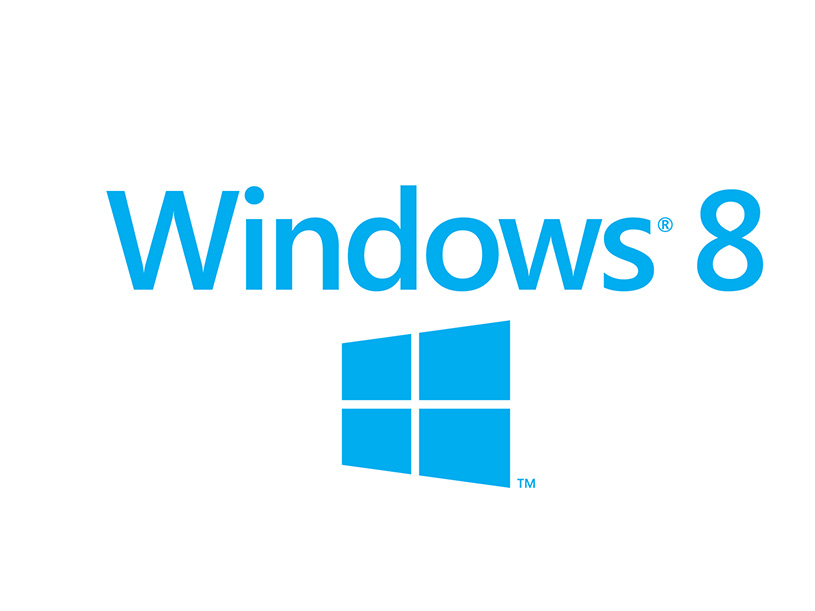Microsoft shrinks Windows down to size for tablets
Windows Image Boot takes up less space so there is more room for apps and data


Microsoft has cut down the amount of space Windows takes up on tablets in a bid to boost the ailing tablet OS.
Windows Image Boot (WIMBoot) has been unveiled by Michael Niehaus, senior product marketing manager for Microsoft's Windows Commercial division.
In a blog post, Niehaus said that instead of extracting all the individual Windows files from an image (WIM) file, they remain compressed in the WIM.
We're not talking about a different version of Windows, just a different way of installing it
"From the user's perspective, nothing looks any different: You still see a C: volume containing Windows, your apps, and all of your data,|" said Niehaus.
The new option is geared towards tablets with "smaller disks, e.g. devices with 16GB or 32GB SSDs or eMMC storage, while still ensuring that there is plenty of storage left for apps and data."
Niehaus said the option is supported with all SKUs of Windows 8.1, with the Windows 8.1 Update. "We're not talking about a different version of Windows, just a different way of installing it," he said.
Space is saved on tablets by copying the WIM file into a separate "images" partition, then using DISM to create pointer files from the standard C: operating system volume into the WIM file.
Get the ITPro daily newsletter
Sign up today and you will receive a free copy of our Future Focus 2025 report - the leading guidance on AI, cybersecurity and other IT challenges as per 700+ senior executives
Niehaus said that assuming a WIM file is 3GB in size on a 16GB SSD, with a little overhead, users would still have 12GB of free disk space. A non-WIMBoot configuration might only leave 7GB of free space in comparison, said Niehaus.
"The same WIM file (which is read-only, never being changed in this process) can also be used as a recovery image, in case you want to reset the computer back to its original state," he said.
However, to increase storage space, users should expect a performance trade-off. "There is some performance impact, which is why this only targets new computers with small SSD or eMMC-based hard drives."
Niehaus also said that the option will not stop Windows from increasing in space as new options and features are added to the OS.
He also admitted that at the present time, the WIMBoot option was "more of a manual process" as tools such as Windows Deployment Services (WDS), Microsoft Deployment Toolkit (MDT) and Configuration Manager do not support it natively.
Rene Millman is a freelance writer and broadcaster who covers cybersecurity, AI, IoT, and the cloud. He also works as a contributing analyst at GigaOm and has previously worked as an analyst for Gartner covering the infrastructure market. He has made numerous television appearances to give his views and expertise on technology trends and companies that affect and shape our lives. You can follow Rene Millman on Twitter.
-
 Tiny11 review: Windows 11 with only 2GB of RAM
Tiny11 review: Windows 11 with only 2GB of RAMReview A version of Windows 11 for older machines that don't meet the full requirements
By Nik Rawlinson
-
 Red Hat Enterprise Linux becomes foundational operating system for Cohesity Data Cloud
Red Hat Enterprise Linux becomes foundational operating system for Cohesity Data CloudNews New strategic partnership between Red Hat and Cohesity aims to drive innovation in the data security and management space
By Daniel Todd
-
 Ubuntu shifts to four-week update cycle
Ubuntu shifts to four-week update cycleNews Critical fixes will also come every two weeks, mitigating the issues involved with releasing prompt patches on the old three-week cadence
By Richard Speed
-
 AlmaLinux follows Oracle in ditching RHEL compatibility
AlmaLinux follows Oracle in ditching RHEL compatibilityNews Application binary compatibility is now the aim with 1:1 now dropped
By Richard Speed
-
 How big is the Windows 10 cliff-edge?
How big is the Windows 10 cliff-edge?ITPro Network With some comparing the upcoming Windows 10 end of life to Windows XP, we ask members of the ITPro Network for their insight
By Jane McCallion
-
 Everything you need to know about the latest Windows 11 updates - from bug fixes to brand-new features
Everything you need to know about the latest Windows 11 updates - from bug fixes to brand-new featuresNews Two new cumulative updates are on the way and will be installed automatically on Windows 10 and Windows 11 machines
By Rory Bathgate
-
 How to download a Windows 11 ISO file and perform a clean install
How to download a Windows 11 ISO file and perform a clean installTutorial Use a Windows 11 ISO to install the operating system afresh
By John Loeppky
-
 We could all benefit from better Windows and macOS accessibility features
We could all benefit from better Windows and macOS accessibility featuresOpinion Today’s accessibility features can help you work through a nasty injury, but there’s still plenty of room for improvement
By Barry Collins

